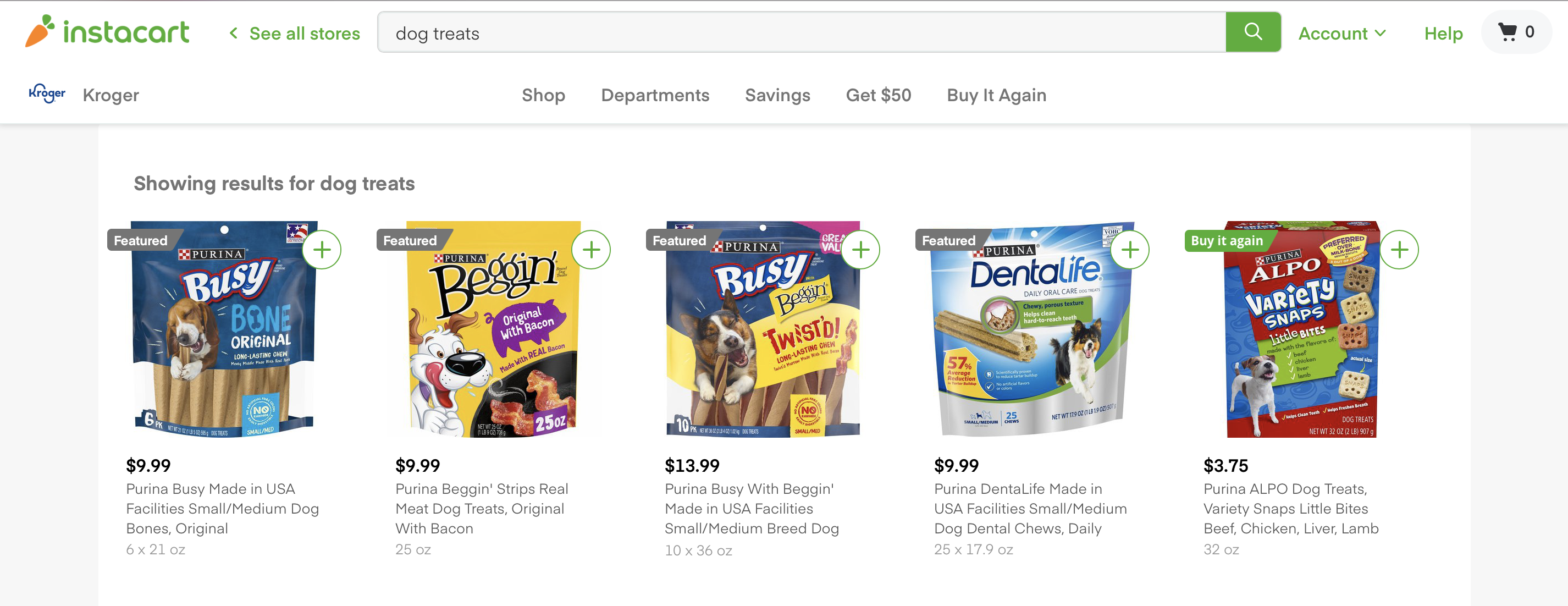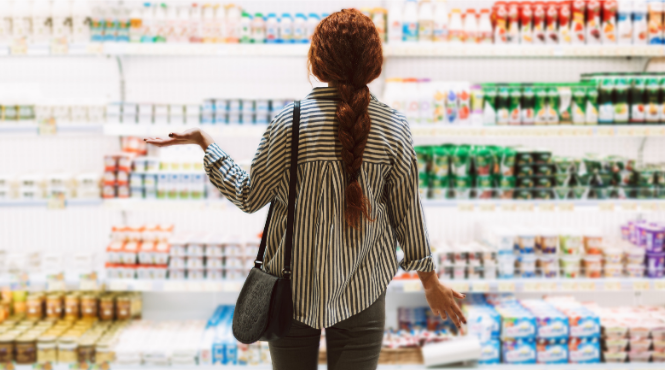Converting CPG Consumers Wherever They Are in the Buyer’s Journey
Most marketers are aware of the buyer’s journey in its simplest form: Awareness, Consideration, and Decision. But consumers aren’t simple, especially when it comes to the CPG buyer’s journey. And both the pandemic and technology have served to further muddle today’s buyer’s journey.
The purchasing process for deciding between brands of paper plates or potato chips is much shorter than the process for purchasing a new car or designer handbag. Grocery stores are often where consumers make these types of impulse buys, not even touching on the first two stages of the journey and going straight to a final purchase decision.
Marketers must recognize that there are times and places where they must adjust how they address the traditional buyer’s journey and be ready to respond to current events, emerging technology, and evolving buyer behaviors.
Following is a look at the typical CPG buyer’s journey and ways to reach buyers when they’re ready to buy.
Discovery
In the typical CPG buyer’s journey, we often add a discovery phase. This is because most buyers are already aware of their need for grocery items, but that may not necessarily drive them to discover new brands. However, 61% of buyers like finding new products. The discovery of new products that are relevant to their lifestyles is exciting for today’s consumers.
As fun as discovery is, efficiency is even better. Sixty-nine percent of shoppers are in a hurry to finish their shopping quickly, so brands don’t have a lot of time to help buyers discover their products. In-store advertising that directs buyers to a new product can help. Brands can also work with grocery stores to create push notifications for discounts and coupons on specific products whenever the buyer approaches that area of the store.
But what happens if the buyer is making purchases on a grocery app instead of in-store? How do they discover new products?
Ads within the grocery app can work well for guiding buyers to a brand or product. The ads may appear in sidebars or header banners, which will draw the consumer’s eye to the product in question. Paid product placement can also attract buyers to sponsored or featured products.

Coupons in the grocery aisles or within the grocery app or website can also prompt quick decisions that increase products sales.

Awareness
Because there are so many competitors, including private label brands vying for the consumer’s attention, discovery simply isn’t enough. Whatever triggers a consumer to discover a brand, marketers of CPG products must take every opportunity to build awareness and keep the product top of mind between shopping excursions.
Both traditional and digital marketing strategies are essential for keeping a product in the buyer’s consciousness between store visits. Social media marketing, retargeting ads, display ads, email campaigns, eBooks — even coupons in the newspaper all play a part in keeping brands at the forefront of consumers’ minds when not actively shopping.
Influencer marketing also plays a significant role, with 30% of shoppers looking to influe ncers for recommendations on new products. Recipes, how-to videos, giveaways and promotional items from influencers who consumers trust can result in a product being added to the shopping list—and even have them sharing their finds with family and friends.
Consideration
Because buyers often make quick decisions in the grocery aisles instead of doing research ahead of time, they often will focus on product labels for comparison purposes.
Transparency is important to 81% of buyers, though “transparency” can mean something different to everyone. Sixty-two percent of buyers define transparency as a complete listing of all ingredients on the label. At the same time, 48% want to see any certifications, and 47% feel that including nutritional information is key to being transparent. Even more telling that transparency is key: 27% of consumers say they will switch to another product if the label creates any confusion over ingredients, nutrition, or place of origin.
During this age of influencers and cooking videos, additional information on packaging can go a long way toward convincing buyers to choose one product over another. Sharing recipes or cleaning tips right on the package are a couple of opportunities for brands to gain an edge over competitors.
Decision
Once a buyer is in the store or shopping online for their groceries, the use of push notifications, product banners, sidebar ads, and transparent labeling can make buyers aware of new products, but what actually converts them to try something new?
Reward consumers for participating with your brand. A coupon or promo code can often be the deciding factor, especially if the customer is trying something new. It gives them a reason to buy. Other subtle pushes might be additional coupons for items that can be used in a popular recipe with the product in question. For example: a coupon for salsa in conjunction with the purchase of a specific tortilla chip brand.
And for those consumers shopping online, a purchase decision may be made with the opportunity to secure free delivery service or a discounted membership.
Repeat Purchases
Once buyers have made the decision to try a new product, what can marketers do to get them to come back for more? The simple answer is to delight them with their first purchase by providing a product of excellent quality at a reasonable price.
Marketers can’t become complacent, because today’s CPG buyer’s journey is complex. To maintain interest, they need to continue providing information their customers find of value via various channels (email, social media posts, a brand website), with more how-to tips, recipes, and special deals.
Loyal consumers like to see the latest products before anyone else and feel a part of the brand family. Look to identify what strategies will create value for consumers and make your brand experience extraordinary.

